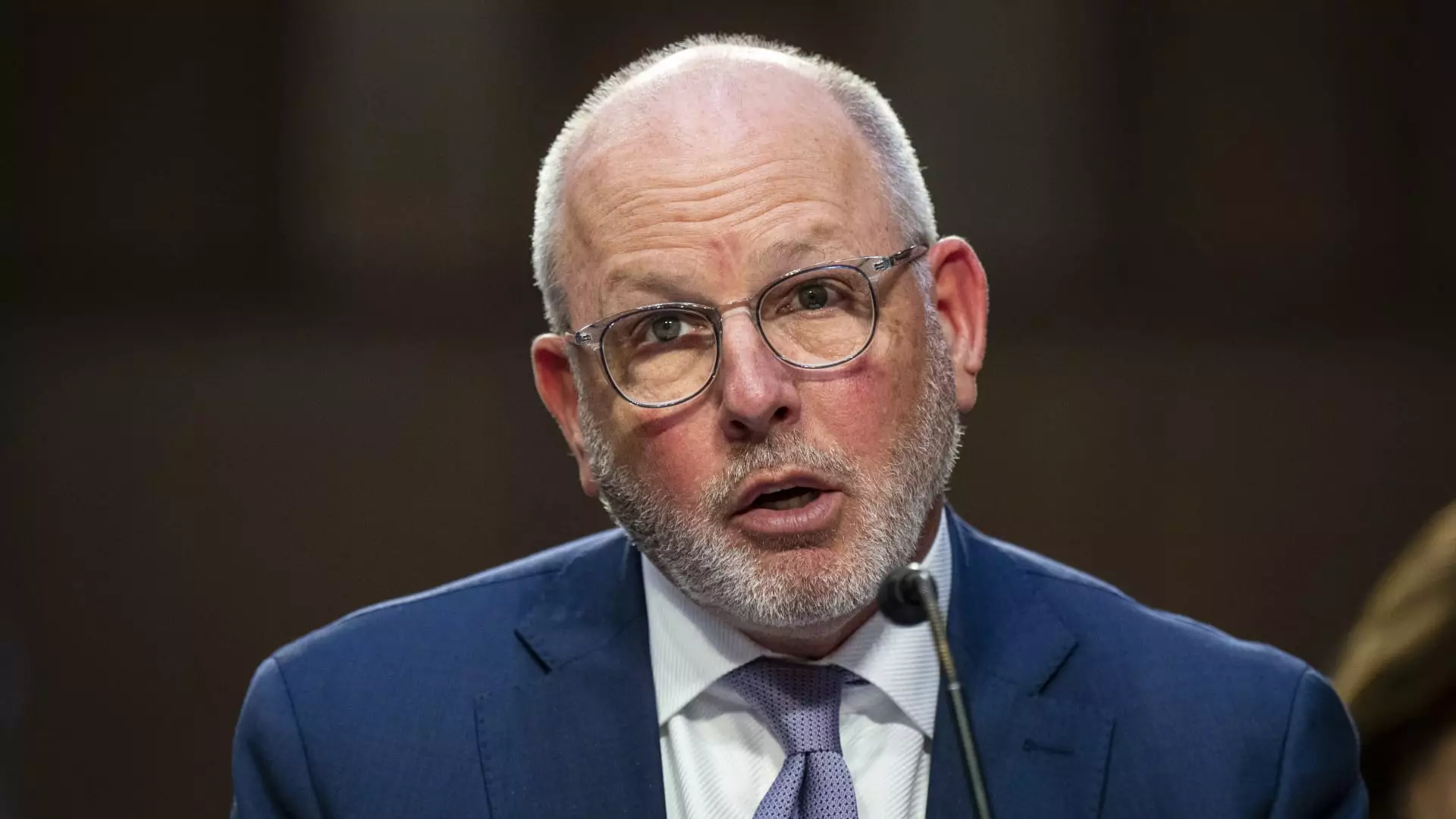The pharmaceutical landscape in the United States has been a battleground of conflicting interests, particularly concerning the role of pharmacy benefit managers (PBMs). Recently, CVS Health’s CEO, David Joyner, spoke out in defense of Caremark, the pharmacy benefit manager owned by CVS. His remarks addressed the mounting pressure from lawmakers and the general public, who accuse these middlemen of significantly contributing to inflated prescription drug costs. This article delves deeper into the complexities surrounding PBMs, the criticisms they face, and the ongoing debate regarding their impact on healthcare expenses.
Pharmacy benefit managers serve as intermediaries between insurance companies, pharmacies, and drug manufacturers. Their primary responsibilities include negotiating drug prices and rebates on behalf of insurers, managing drug formularies, and reimbursing pharmacies. While these roles are designed to streamline the prescription process and ideally reduce costs, they have come under intense scrutiny. Critics argue that PBMs manipulate the system for profit, resulting in higher prices for consumers. The assertion that PBMs act in the best interests of patients comes into question when manufacturers claim that negotiated rebates and savings are not effectively passed on to those in need.
In his statements, Joyner argued that PBMs like Caremark are indispensable in mitigating rising healthcare costs. He portrayed them as a crucial counterbalance to the monopolistic tendencies of pharmaceutical manufacturers. Joyner emphasized that dramatic price increases for branded medications have exacerbated the situation, and he attributed these hikes to an inefficacious pricing strategy employed by drug companies. However, this narrative raises important questions about accountability and the extent to which PBMs are genuinely benefiting patients.
The public’s frustration with rising prescription drug prices has prompted bipartisan scrutiny of PBMs. Lawmakers from both major parties, along with advocacy groups, are increasingly vocal about the perceived lack of transparency and accountability within the pharmaceutical supply chain. Legislation aimed at curtailing the power of PBMs is gaining traction, indicating a potential shift in how these entities operate. The involvement of the Federal Trade Commission (FTC) in examining the practices of PBMs is a notable development, pointing to widespread concern over their influence.
The continued dialogue about drug pricing reform and the position of PBMs has also sparked a significant public interest. As consumers grapple with the consequences of high drug prices, the call for equitable access to medications has never been louder. Advocacy groups are putting pressure on lawmakers to take action—underscoring the importance of ensuring that patients receive the benefits of negotiated savings, rather than seeing them absorbed at various points in the supply chain.
While Joyner asserts that PBMs have generated considerable savings for the healthcare system, evidence supporting this claim is contested. Industry experts and economists have posited that while PBMs negotiate discounts, the benefit to the end consumer is minimal. Many patients remain unaware of the extent of the savings, as they are often left to bear the brunt of increased out-of-pocket costs. As the lament over pharmacy pricing continues, it becomes clear that a comprehensive evaluation of the PBM model is necessary.
The question arises: are PBMs really serving their intended purpose? Should they be restructured or regulated to ensure better outcomes for patients? This evaluation necessitates a collaborative effort among all stakeholders in the healthcare ecosystem, including pharmaceutical companies, insurers, PBMs, and patients. A more transparent and patient-focused approach is essential to guarantee that the healthcare system operates fairly for those it intends to serve.
Buffeted by political and public scrutiny, pharmacy benefit managers find themselves at the crossroads of healthcare reform. While executives like David Joyner defend their roles as essential, the growing chorus of critics underscores a pressing need for change. The discourse surrounding PBMs serves as a reminder that while the complexities of the healthcare system are daunting, there must be a concerted effort to put patients first. Only through open dialogue, genuine accountability, and regulatory oversight can the healthcare industry ensure that prescription drug prices become manageable for all Americans. As the legislative landscape evolves, the fate of pharmacy benefit managers—and consequently, the welfare of patients—hangs in the balance.

